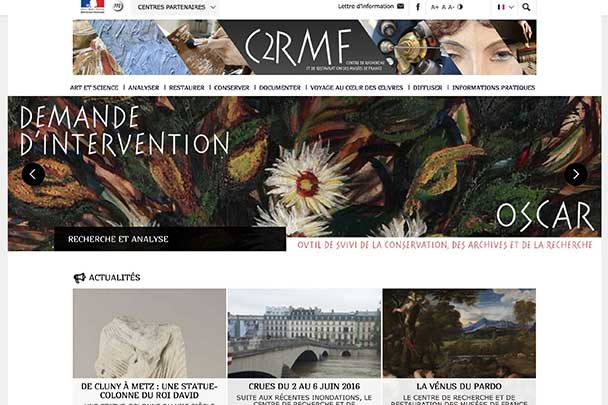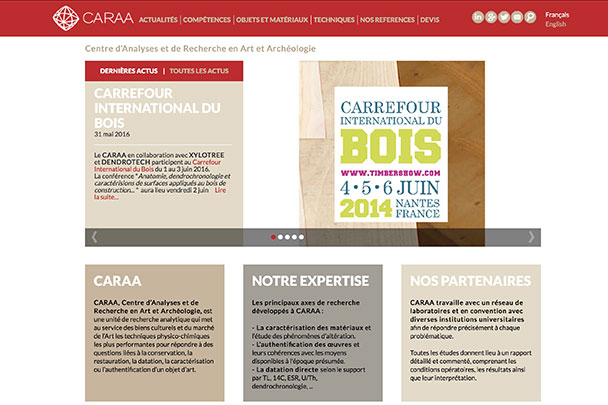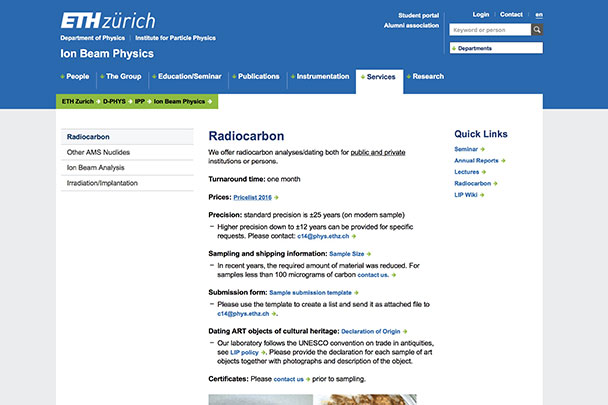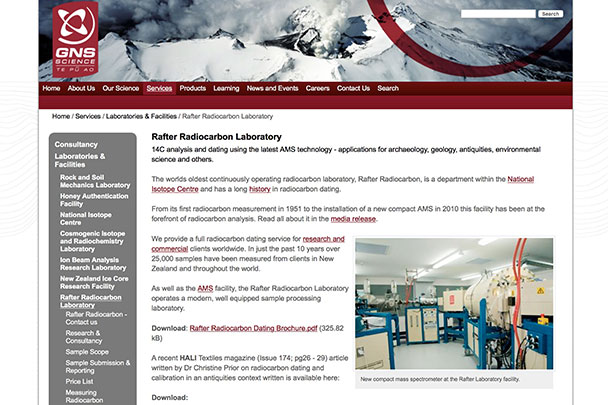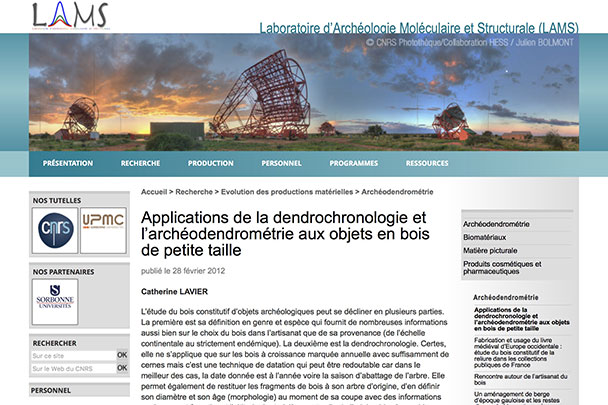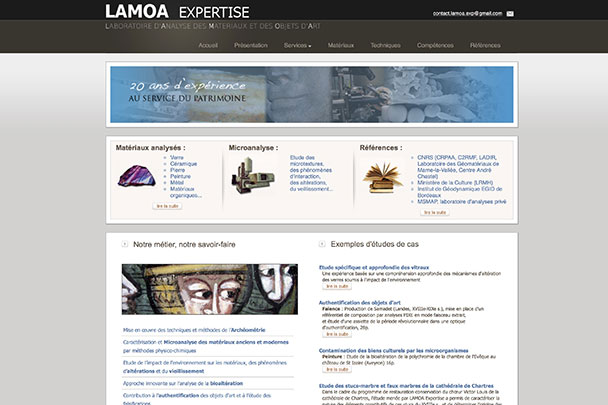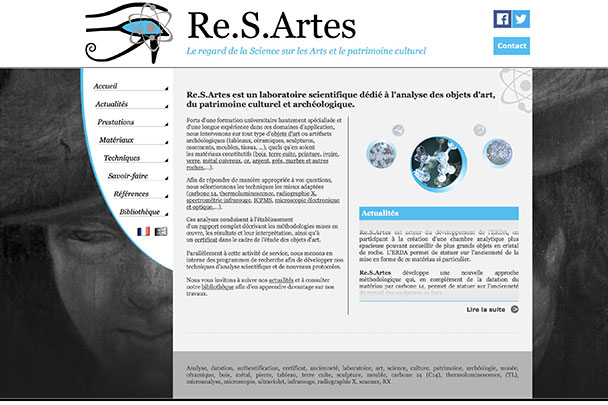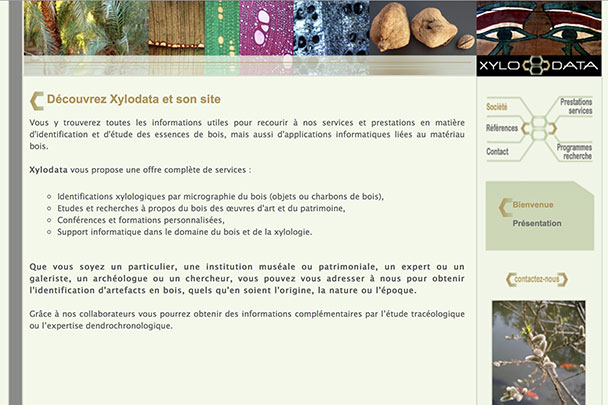SCIENTIFIC ANALYSIS
Bornéo, ISLAND OF MIGRATION, EXCHANGES, MYSTERIES AND DISCOVERIES. WHAT DO WE KNOW THE MILLENNIUM ART TRIBES BORNEO? SO LITTLE, TOO FEW!
In the conclusion of his article "Turfwars" (here) Bruce Carpenter proposes to set up a database that allows "to art historians to trace the origin and evolution of forms and motives" of art Dayak. It is a generous idea that concerns all those who love Hampatong, solitary guardians of extinct cultures. Publications of Thomas Murray and Bernard Grunne opened the door to a vast field of investigation: the first by publishing a catalog of C14 datings that draws a timeline; the second by proposing a classification that opens a constructive debate for the history of Borneo Art. The panorama offered by these publications to stimulate the curiosity of fans but left them intact appetite. Many Hampatong in Western and Asian collections are still unknown because they have neither been published nor subject to thorough scientific analysis. Many secrets yet to be discovered!. Laboratories below have the skills and experience necessary to carry out further research to those art historians. As concluded the article by Mark Johnson, "Questions about carbon dating", "we should not fear these discoveries, but embrace their opportunities".
And Mark Johnson concludes his article, "Questions about carbon dating" ; "we should not fear these discoveries, but embrace their opportunities".
